Guide To Programmatic Native Advertising
Native advertising is a tried and true form of digital advertising that tends to resonate with the right audience – if the technology used to deliver your impressions is accurate enough. (Explore The Truth About Native Advertising here.) Partnering with a programmatic technology provider is the best way to fuel your campaign; using powerful technology, your ads will reach the business influencers you want them to reach. From there, it’s up to you and your creative team. If you want to make sure your native ad is optimized and ready to go before you propel its reach through programmatic advertising, check out our guide to programmatic native advertising below:
First and foremost, you’ll want to make sure your ad meets the required specifications. For native advertising through AdDaptive Intelligence, this means 1200 x 627 px with an aspect ratio of 1.91:1 for the image itself, which shouldn’t exceed a file size of 200 kb. Your logo can be a 1:1 image at 300 x 300 px. The text lines are as follows:
* Title – 25 characters max
* Body text – 140 characters max
* Call-to-action (CTA) text – 15 characters max
* Sponsored by text – 25 characters max
Next, heed best practices to develop the best ad possible to ensure that when your target audience members see your ad, they see something that will engage them and inspire them to take action.
Best practices for native advertising include:
* Avoid including words, text overlays, or call-to-action buttons on images, since they may get cropped out by publishers. This will limit your inventory and reach. Instead, follow the text guidelines above and let the image stand on its own.
* Pair native with display to enhance engagement. ShareThrough industry stats show that deploying native and display together can produce 18% higher lift in purchase intent, 9% higher lift in brand affinity, and 200% more visual focus as editorial headlines. Well-rounded and comprehensive marketing and advertising campaigns will perform better than single-tiered approaches more often than not. It would behoove marketers to take advantage of the various channels and tools at their disposal to expand their reach and achieve better scale.
* Make your title as detailed and engaging as possible. This is your chance to capture viewers. Your title should be on-brand and should be carefully written to resonate with your target audience. This involves knowing what your audience responds to, researching what you’ve done in the past that has worked (versus not worked), and spending more time than you may think necessary on 25 characters. If people only remember one part of your ad, it may be the title. It is important to make it memorable.
* Craft short and catchy text to engage viewers. Viewers tend to scan ads quickly and make a snap judgment on whether or not they are intrigued. Then, they’ll dive into the details. But in order to capture their attention, include words or phrases that will matter to them and inspire them to keep reading. The best way to do this is to show your value. If you can capture your value proposition, maintain your brand’s voice, and be quick and catchy in the 140 characters provided, your target audience will respond favorably.
* Opt to include an app store rating, such as 1-5 stars. While this is optional, it can work in your favor if you are confident in your ability to deliver. If you find that user-generated ratings and reviews complement your services and prove your worth, you can capitalize on the power of word of mouth by including this rating in your ad. When people see that other people like something, they are more likely to engage with it. A rating is a simple and visual way to capture your success among your target audience and prove your value to new customers.
* Include a click fallback URL to catch any non-app-users. Studies have shown that average user dwell time on native content is about twice as long on mobile, but 48% of publishers still run native campaigns on desktops (source). While it is expected that mobile traffic will continue to grow this year with no end in sight (source), a portion of your B2B audience may still be using desktops at work, which may be an optimal time to reach them. If there is a possibility that customers may fall through the cracks, it is wise to put a catch-all in place. In the case of native advertising, a click fallback URL will catch desktop users and bridge the gap, providing the same user experience regardless of platform. That way, you won’t lose engagement based on where the ad is placed.
Following these guidelines will strengthen your native ads and ensure that once your programmatic provider delivers your ads to your target audience, you can capture them in a few seconds and hopefully entice them to engage with your brand.


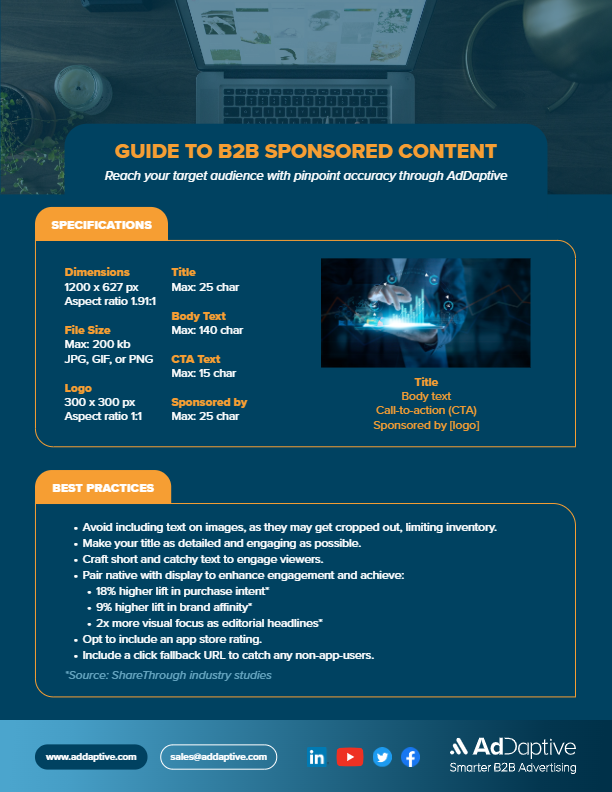





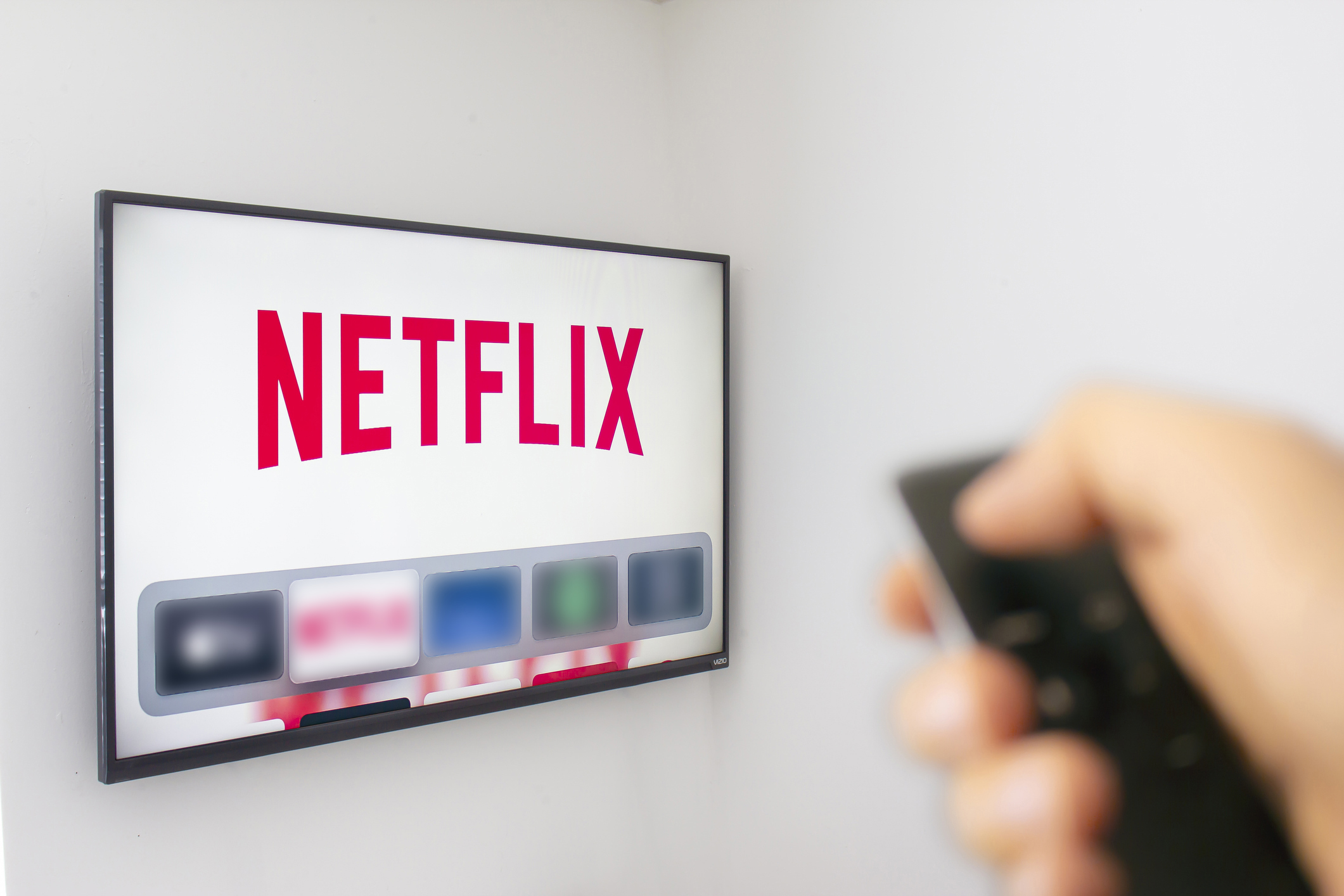



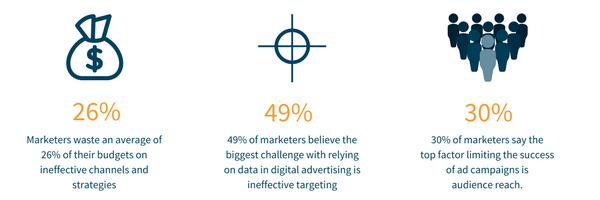

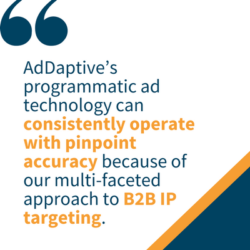 For example, the industry is fairly divided on the topic of cookies. Cookies can help to provide more depth into an ad campaign, but they should not be used alone, since they are placed on browsers based on assumptions rather than validated offline data. If you rely solely on cookies’ inferred data, you may be wasting valuable budget dollars on impressions that are unlikely to convert. That’s why cookies should be a second-tier approach, whereas the first plan of attack should be to use validated data and geotargeting, which have proven to deliver the best results. When you’re only paying for served impressions, your money goes farther with this two-pronged approach and brings you more valuable leads.
For example, the industry is fairly divided on the topic of cookies. Cookies can help to provide more depth into an ad campaign, but they should not be used alone, since they are placed on browsers based on assumptions rather than validated offline data. If you rely solely on cookies’ inferred data, you may be wasting valuable budget dollars on impressions that are unlikely to convert. That’s why cookies should be a second-tier approach, whereas the first plan of attack should be to use validated data and geotargeting, which have proven to deliver the best results. When you’re only paying for served impressions, your money goes farther with this two-pronged approach and brings you more valuable leads.
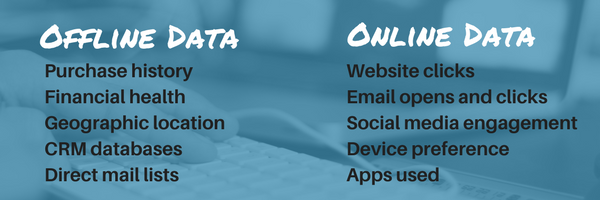
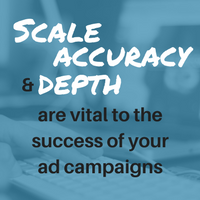

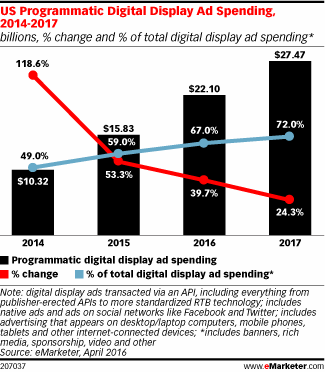

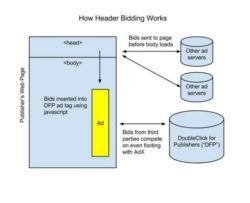 On Wednesday, Google opened up
On Wednesday, Google opened up